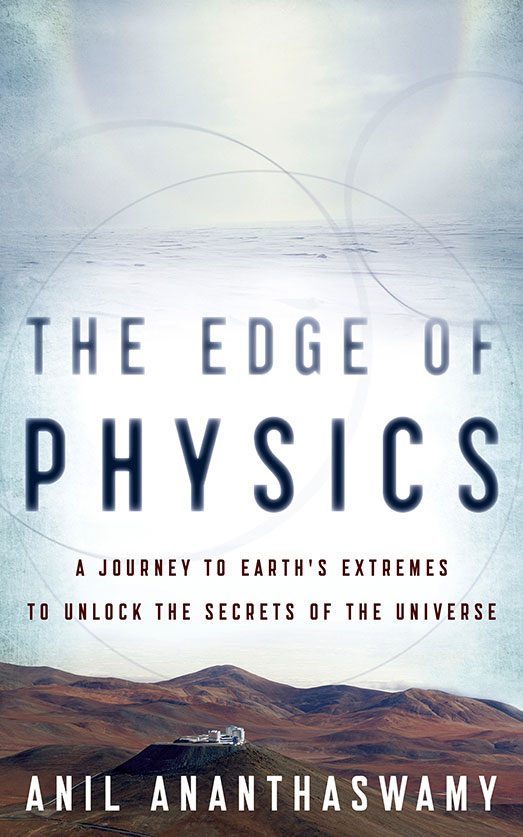
Ancient monuments from Stonehenge to Egypt's great pyramids are carefully aligned to astronomical events, telling us that from the very beginnings of civilisation, people have been fascinated by the heavens above us. Throughout history this has been a driving force for technology, such as the intricate cogwheels and pointers of the Antikythera mechanism, the astrolabe, equatorium, and telescope, not to mention mechanical clocks, which started off as huge astronomical displays.
And it is still going on today - some of the biggest, most sophisticated (and expensive) machines in the world are being built in order to make sense of the cosmos. Whereas the ancient Greeks, say, wanted to know things like how the solar system was arranged, when the next eclipse would be, or the distance from the Earth to the Sun, today we have different questions. Why is the universe expanding at an ever faster rate? What is the nature of the ‘dark' matter that makes up almost a quarter of the universe? Why does the universe appear fine-tuned for life? To probe such huge questions, physicists have had to build their machines literally at the ends of the Earth - from the coldest deserts and highest mountains to the deepest mines.
I'm reading a book at the moment called The Edge of Physics, published last month, in which science journalist Anil Ananthswamy (disclaimer: he's a friend of mine) visits today's cutting-edge physics experiments and tells their stories, I guess it's a cross between a science book and a travelogue. Scientists are so often portrayed as weedy white-coated geeks in labs, but the ones that Anil meets are more likely to be tough adventurers, willing to endure all kinds of physical hardship for their science. My favourite chapter so far is when Anil visits the vast frozen expanse that is Lake Baikal in Siberia. Hidden beneath more than a kilometre of ice is a neutrino telescope. The scientists who tend the telescope live for months in the blasting cold, sleeping in tiny wooden cabins perched on the creaking ice.
What I love about the book is that it portrays a real sense of wonder, a sense of our tiny place in an awesome universe. I think that would have been very much in tune with how ancient civilisations saw things too.